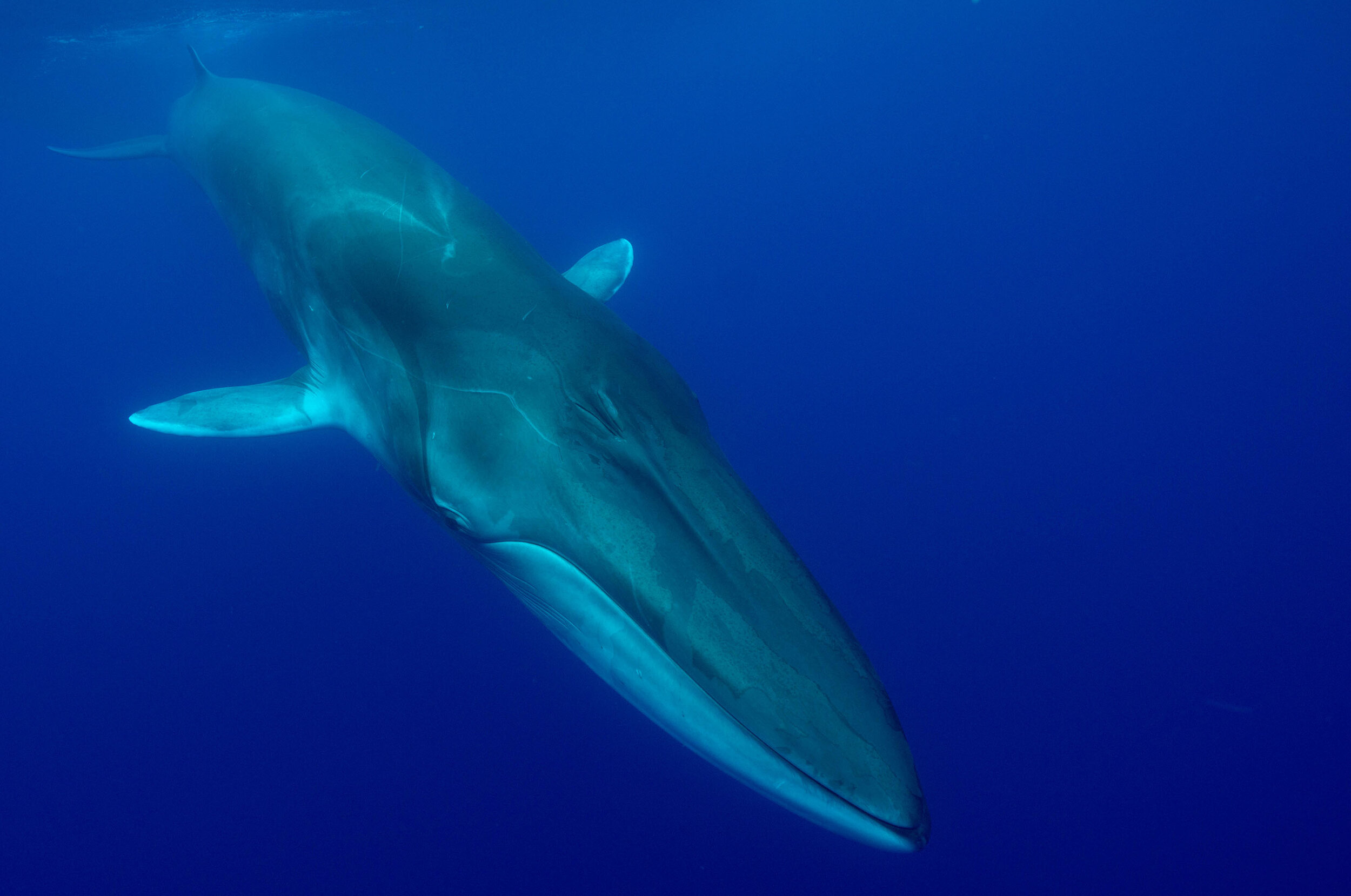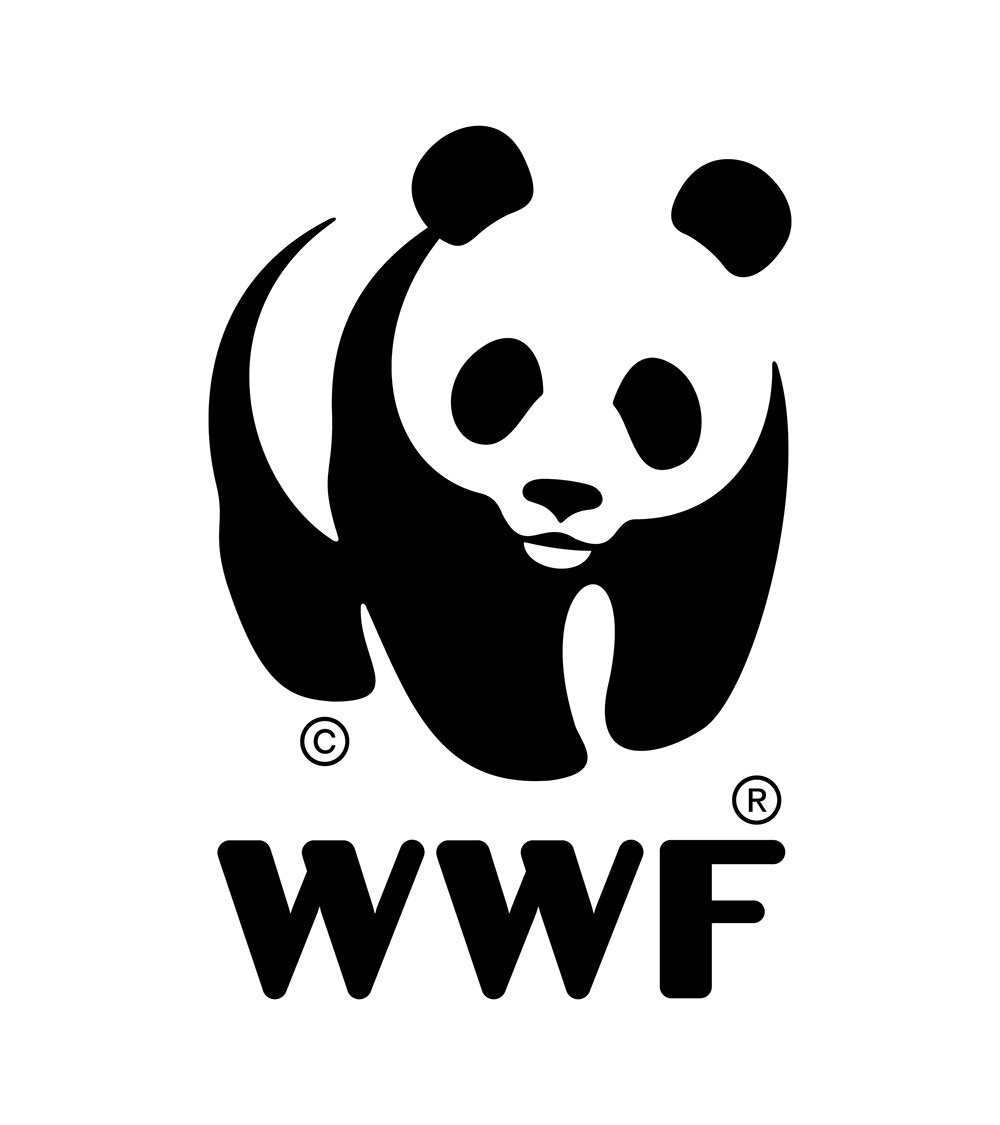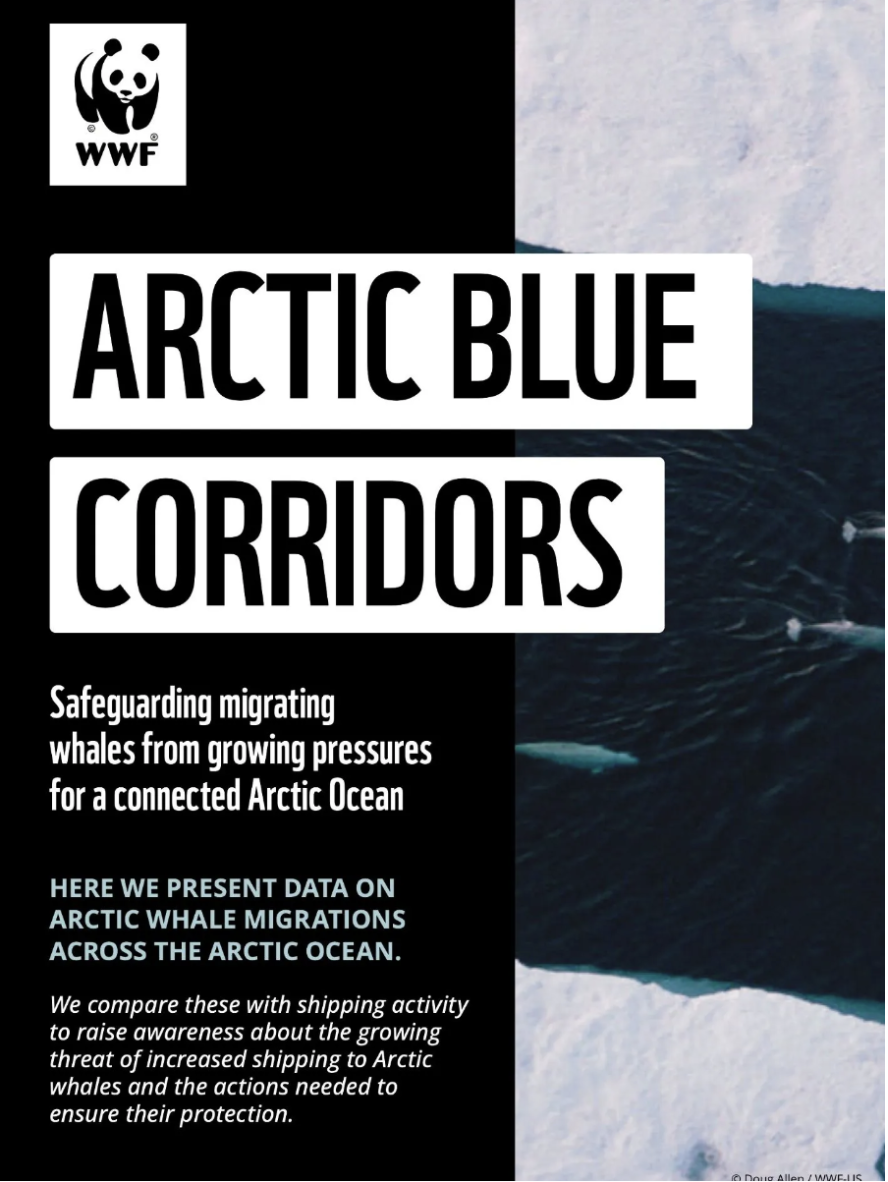
Protecting Blue Corridors
A global collaboration on cetaceans and marine connectivity conservation
Photo © naturepl.com / Luis Quinta / WWF
Migratory ocean species such as whales have no boundaries. Their range can often span national and international jurisdictions. Growing threats are putting populations at urgent risk but we can find solutions if we collaborate and act now.
Blue corridors are migration superhighways for marine megafauna like whales, and link ecologically interconnected areas - often global (e.g. places where they feed, breed, socialise, and migrate), which are essential for their survival.
Thriving and healthy whale populations benefit nature and people. Growing evidence shows they play a critical role in maintaining ocean health and the global climate, all while contributing to the global economy. Along their migration routes and in their critical habitats, whales fertilise ecosystems supporting all marine life. They help boost phytoplankton production, which captures about 40% of all carbon dioxide produced and generates over half of the atmosphere’s oxygen.
Whales are navigating a number of threats simultaneously across their range and these cumulative impacts are coming at a cost. Entanglement in fishing gear (bycatch), ship strikes, chemical and noise pollution, loss of habitat and climate change are impacting whales, their prey, and habitats. Seven out of the 16 great whale species are classified as endangered or vulnerable by the International Union for Conservation of Nature (IUCN), even after decades of protection.
Protecting Blue Corridors Report (2022)
In February 2022, WWF and science partners published a global report called ‘Protecting Blue Corridors’. Collaborating with 50 research groups and analysing 30 years of data, for the first time we mapped the global routes of migratory whales between key breeding and foraging locations, identifying critical ocean areas that overlap with a range of threats from human activities.
The report generated an unprecedented response, featuring in 270 media stories and reaching over 720 million people worldwide. This collaborative body of work was lauded by the science, policy, and intergovernmental communities for its new ideas in marine conservation and opened up many innovative partnership opportunities, including with the United Nations. It was the first time WWF and partners applied marine ecological connectivity to our ocean and mapped a strategy to approach whale conservation in new ways. Production of the recent report Blue Corridors of the Eastern Pacific Ocean: Opportunities and Actions to Protect Migratory Whales was among our first efforts to test this approach on a regional scale.
Nearly 100 experts from the marine mammal science, policy and conservation communities have provided data, knowledge, expertise, and analysis to communicate the importance and benefits of better managing and protecting critical habitats across connected seascapes. National governments have advocated using this approach, including recently by the Government of Chile at the forty-second meeting of the Commission on the Conservation of Antarctic Marine Living Resources (CCAMLR-42) in October 2024 or the Netherlands at the seventeenth Conference of Parties for the Cartagena Convention (COP17) in Aruba (2023). The blue corridors approach has also been presented at the Pacific Island Leaders Forum in Tonga (2024).

Blue Corridors Conservation Approach - regional collaboration across seascapes
To implement strengthened ocean connectivity that has a lasting impact, regional leadership and cooperation are urgently needed. This vision should include communities, civil society, scientists, national governments, and regional bodies working together to develop, adopt, and implement innovative conservation strategies. All stakeholders play a crucial part in safeguarding our whales that delivers benefits for a variety of marine life, our ocean and ourselves.
Strong and ambitious regional collaboration can drive the efforts needed to effectively protect these critical habitats for whales and reduce impacts on a meaningful scale. Ensuring their safety and survival throughout their journeys requires unprecedented levels of cross-boundary and cross-sectoral cooperation between States and international industry bodies.
Connectivity conservation is a concept that recognises that species survive and adapt better when their habitats are managed and protected as large, interconnected networks.
The IUCN World Commission on Protected Areas Connectivity Conservation Specialist Group, and its Marine Connectivity Working Group, define connectivity conservation as the action of individuals, communities, institutions and businesses to maintain, enhance and restore ecological flows, species movement and dynamic processes across intact and fragmented environments. Connectivity conservation requires a suite of responses to tackle the multiple threats, from reducing bycatch and other impacts in key hotspots to establishing well-connected networks of MPAs.
Across WWF, these efforts have solidified marine connectivity conservation strategies to reduce threats, protect critical ocean habitats for whales through implementing networks of marine protected areas across national and international boundaries. The Protecting Whales and Dolphins Initiative is WWF’s global conservation program building cohesive efforts in cetacean conservation, connecting expertise across WWF promoting marine connectivity strategies for whales and dolphins. A number of WWF offices have implemented this approach with whales at the core of their conservation strategies contributing to the 2030 global biodiversity and ocean goals.
One example of regional cooperation being informed by the blue corridors approach is the “Americas for the Protection of the Ocean” coalition commitment, agreed upon in June 2022 by the governments of Chile, Canada, Colombia, Costa Rica, Ecuador, Mexico, Panama, Peru, and the United States. It aims to establish a network of interconnected marine protected areas along the Pacific coast of the Americas. This initiative is designed to protect at least 30% of the ocean by 2030 and as well as “contribute to ecological connectivity in the region protecting essential habitats and migratory routes on a regional scale for marine mammals”.
Photo © Darren Jew
Next step - BlueCorridors.org
As part of the next phase of this project, WWF and partners are building a new digital platform - BlueCorridors.org. Being developed with our major partners at University of Southampton (UK), University of California Santa Cruz (USA), and Oregon State University (USA), as well as other data contributors from all over the world, the platform will contain online data visualisations, risk maps, and knowledge briefs. BlueCorridors.org will highlight solutions to improve conservation efforts to mitigate growing threats impacting whale populations along their migration corridors around the world. The platform will also include new data helping to identify critical habitats to contribute to the global biodiversity and ocean goals. All the data will be available for science-based management, marine spatial planning, education, and policy decision-making.
WWF is a key contributor to this effort led by the science community.
We are targeting to launch BlueCorridors.org at the 2025 UN Oceans Conference in a major side event with a media launch.
Want to get involved? Get in touch with us!
“Whales are a flagship species of our oceans and play a crucial role in the overall health of the marine environment. We have to look at our ocean as ‘one ocean’ without boundaries. Only through building new and innovative collaborations worldwide and protecting their entire range, can we safeguard whales for future generations.”
— Chris Johnson. Global Lead, WWF Protecting Whales & Dolphins Initiative.

























